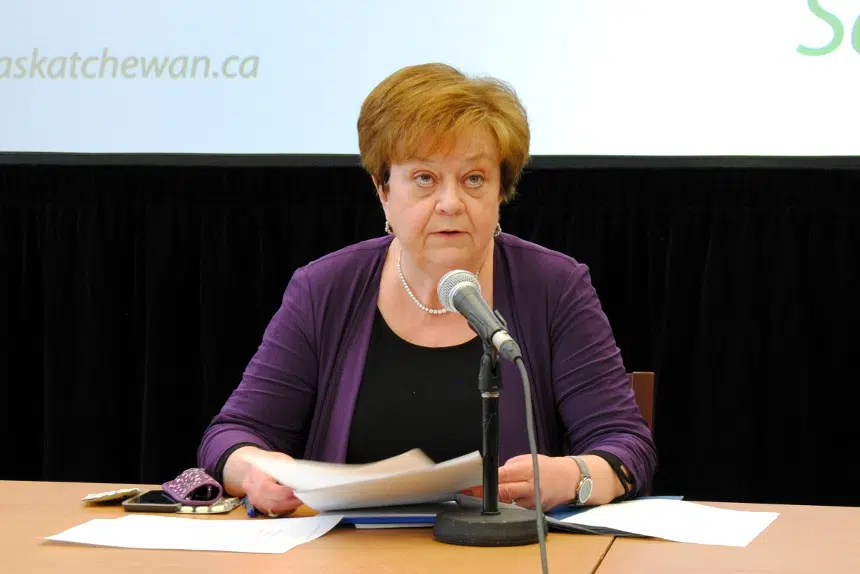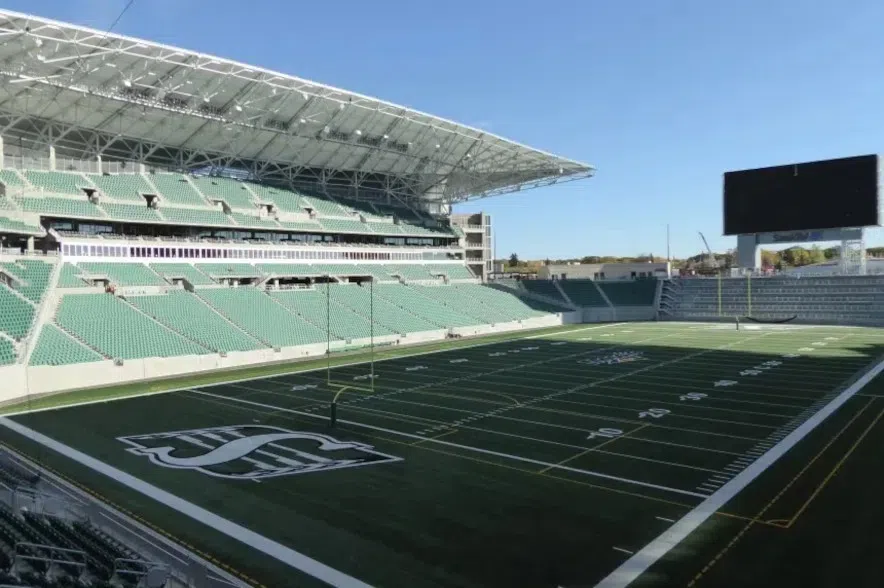Saskatchewan’s financial health has taken a turn for the worse due to the COVID-19 pandemic.
The provincial government announced Friday that the economic impact of the virus will decrease 2020-21 revenues from between $1.3 billion and $3.3 billion, depending on the duration of the pandemic.
But that doesn’t mean any austerity measures will be introduced or an increase in taxes will be implemented to offset this pandemic.
“I long for the days where I just worry about a crop failure and a flood,” Finance Minister Donna Harpauer said during a conference call Friday. “At this point in time, we are not having those discussions of the next budget.
“We are only three weeks into this budget and you are asking me to foreshadow what is going to be in my next budget. Those are not discussions we are having at this point in time.”
The government produced three different scenarios for what could happen depending on how this pandemic plays out.
“We are less than three weeks into the new fiscal year and right now we just don’t know how long restrictions will remain in place in Saskatchewan, in Canada and around the world,” Harpauer said.
“That’s why it is still incredibly difficult to forecast with any certainty. We believe, however, it is important that we release these different scenarios, to let Saskatchewan people know just how much of an impact the pandemic is having on our economy and revenues.”
The government’s release said each of the three scenarios includes assumptions based on several economic factors, such as the duration of the economic restrictions put on by the government, how soon resource prices may recover and how consumers will behave once restrictions are lifted.
The best-case scenario features a drop in real GDP of 4.1 per cent and a drop in revenue of $1.3 billion in relation to the 2019-20 mid-year forecast of $15.4 billion.
Before a substantial recovery happens in June, the unemployment rate would be 8.2 per cent and there would be a 12.5 per cent drop in retail sales.
The mid-range scenario shows a decrease of revenue of $2.2 billion, with substantial recovery potentially by September. That scenario calls for an unemployment rate of 8.6 per cent and an 18.8 per cent drop in retail sales along with a GDP drop of 6.3 per cent.
The worst-case scenario has a GDP decline of 14.9 per cent, with revenues dropping by $3.3 billion. The unemployment rate would be 10.5 per cent and there would be a 33.3 per cent drop in retail sales before recovery in January.
The government said it’s managing spending within the amounts allocated in the budget estimates released March 18. At that time, Harpauer estimated spending at $14.15 billion.
“Our government has committed to provide all financial resources necessary to address the COVID-19 pandemic, and this will likely result in spending increases beyond the amounts allocated in the 2020-21 estimates,” Harpauer said.
The government noted that Saskatchewan was on track for surpluses in 2019-20 and 2020-21 before the pandemic and before the price of oil fell. But, the release added, Saskatchewan still has the second-highest credit rating in Canada, continues to have among the lowest net-debt as a percentage of GDP and still has a solid cash position.
Harpauer stressed the deficit is not a structural deficit, but rather one caused only by the pandemic. The government doesn’t want to change its expenditures because those aren’t responsible for the deficit.
“Yes, it will take some time for the economy to fully recover, but when we get to a point where it’s fully recovered — and we’re very mindful of our expenses and hold the line on any expansions and increases — then those revenues again will surpass our expenses,” Harpauer said.
“It won’t be done overnight, but I don’t think it’s helpful for Saskatchewan residents to just start cutting and slash to try to bring it to a balance in one year.”







